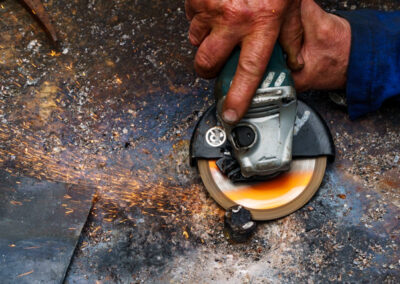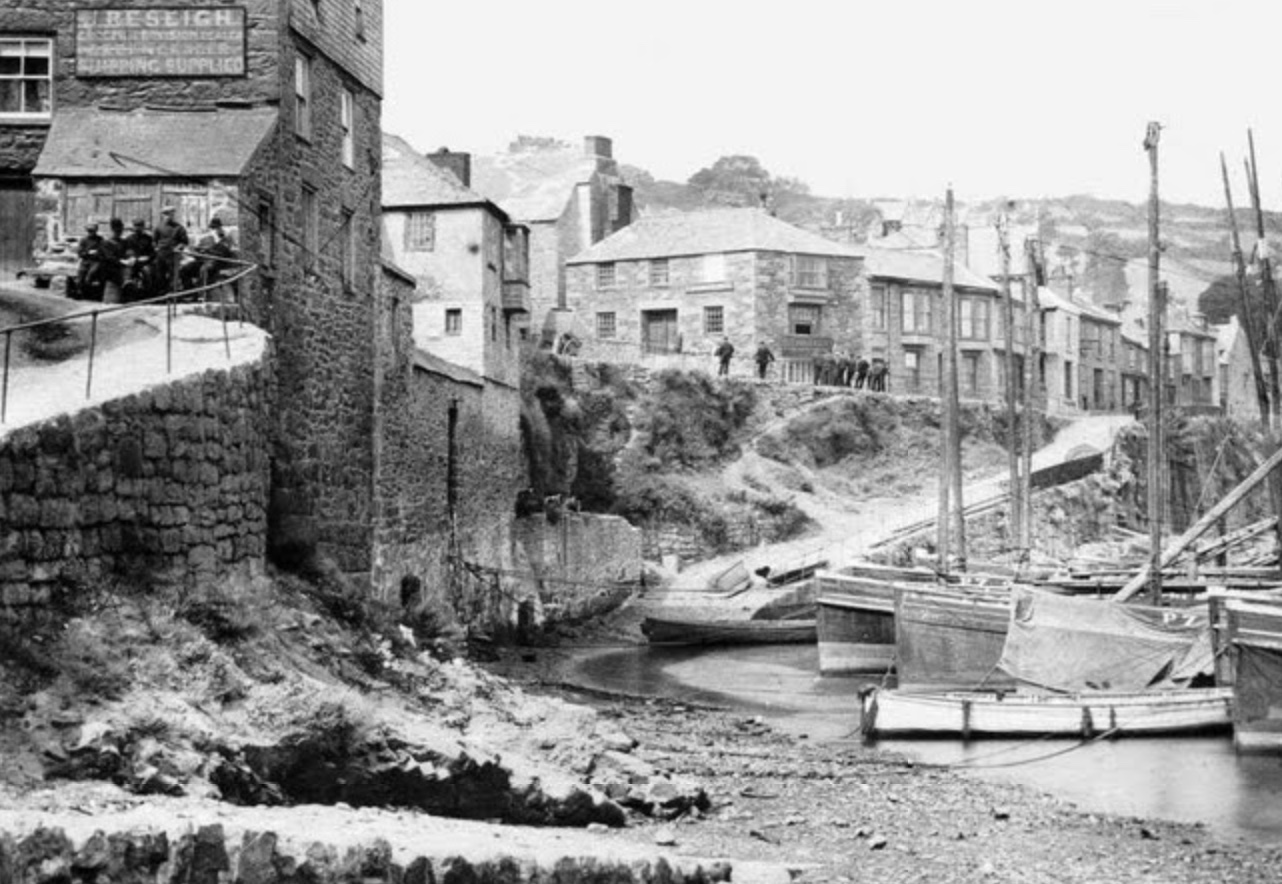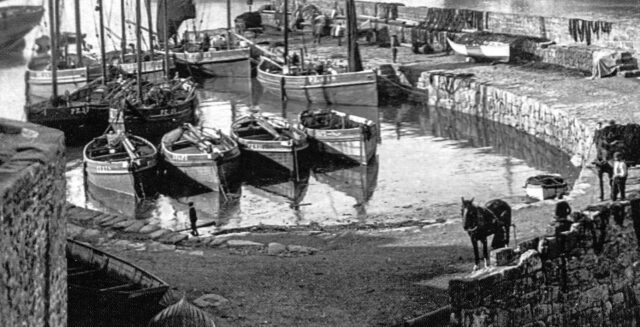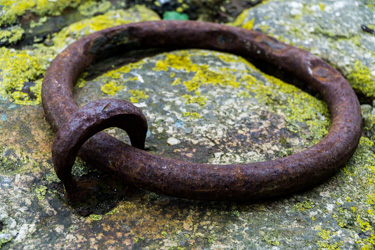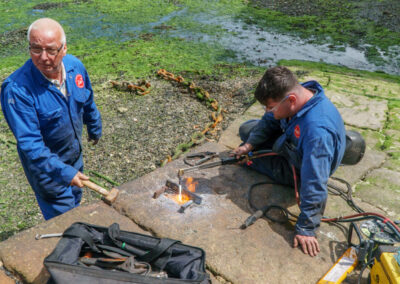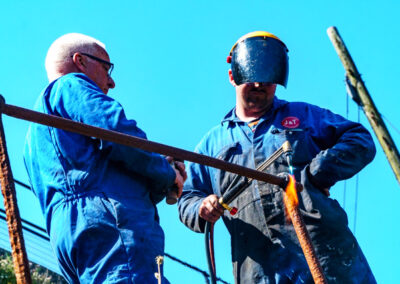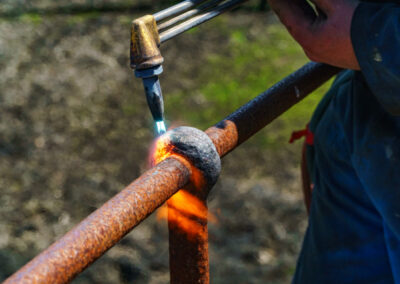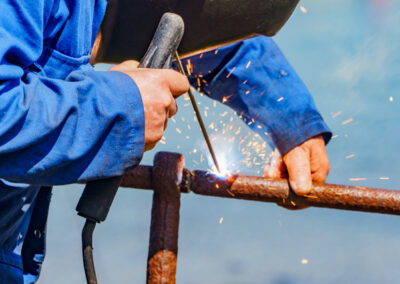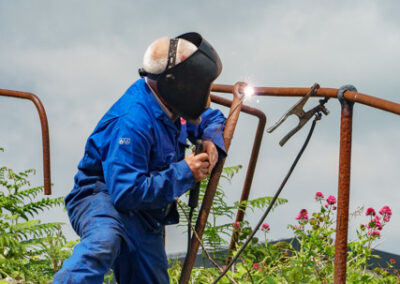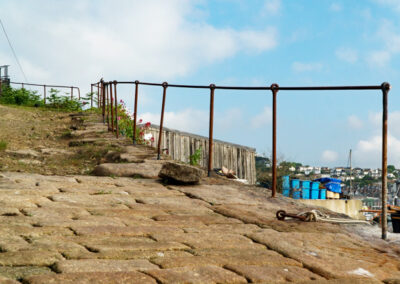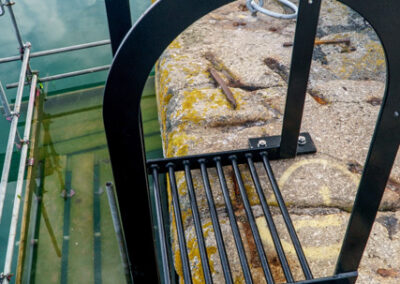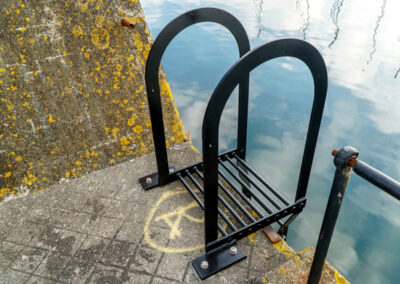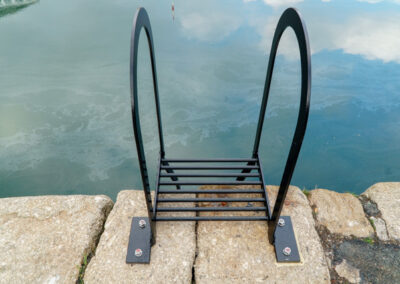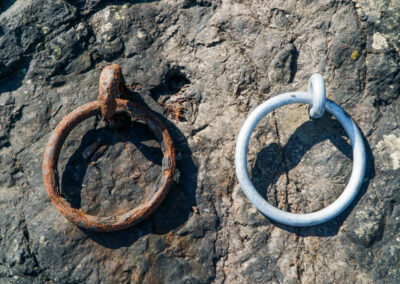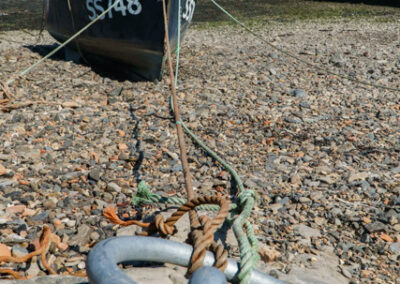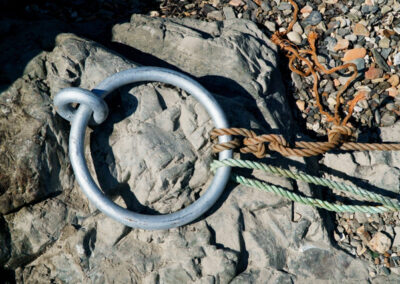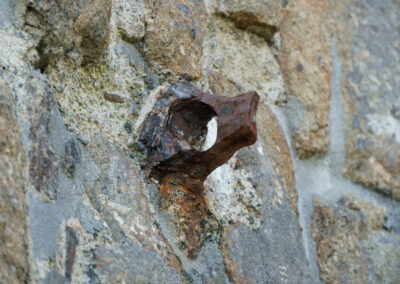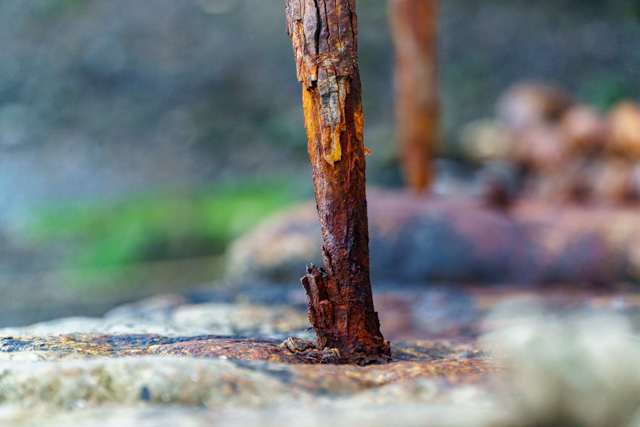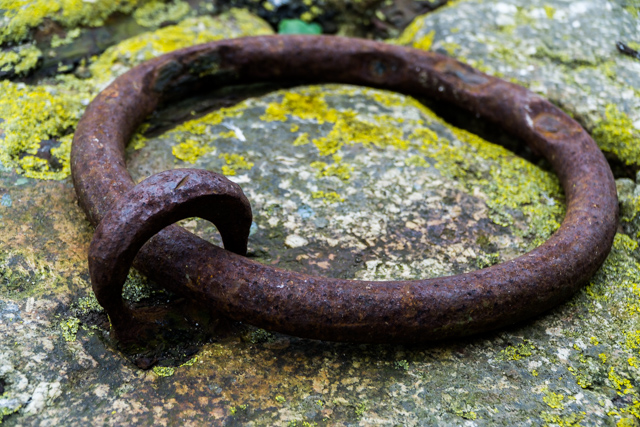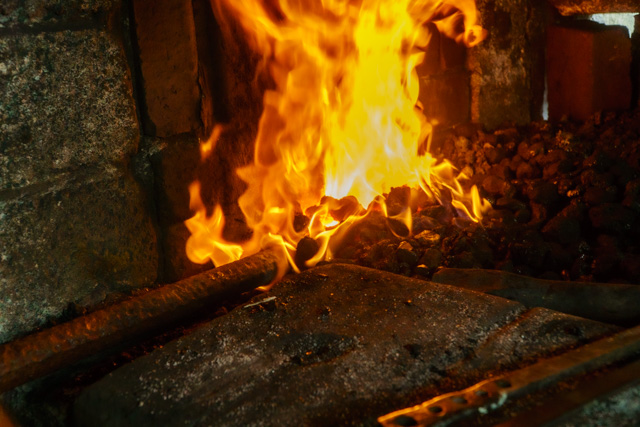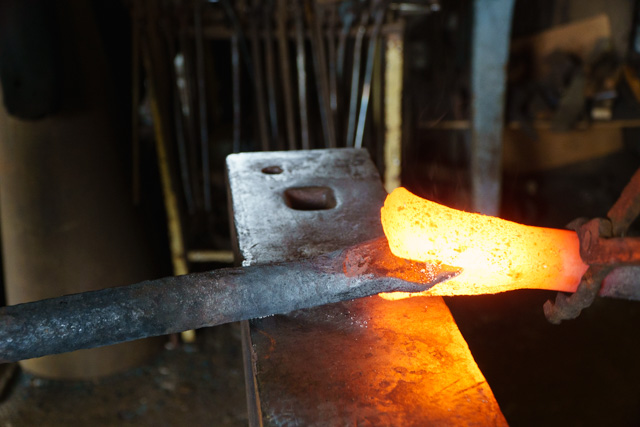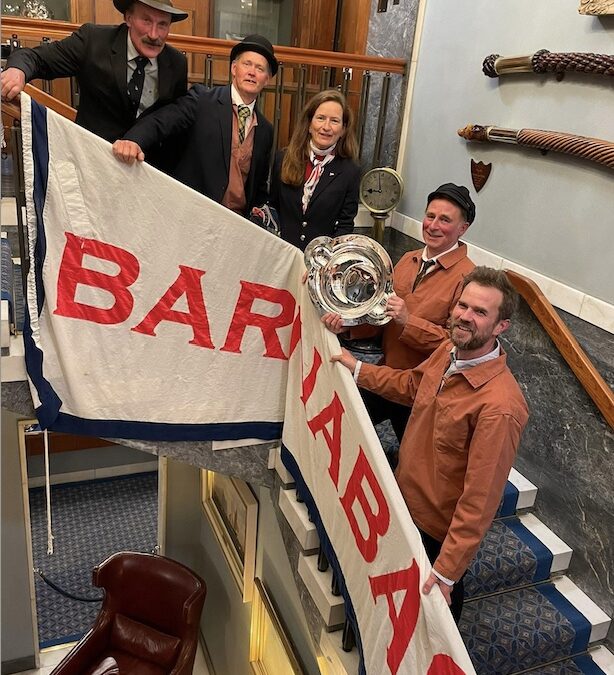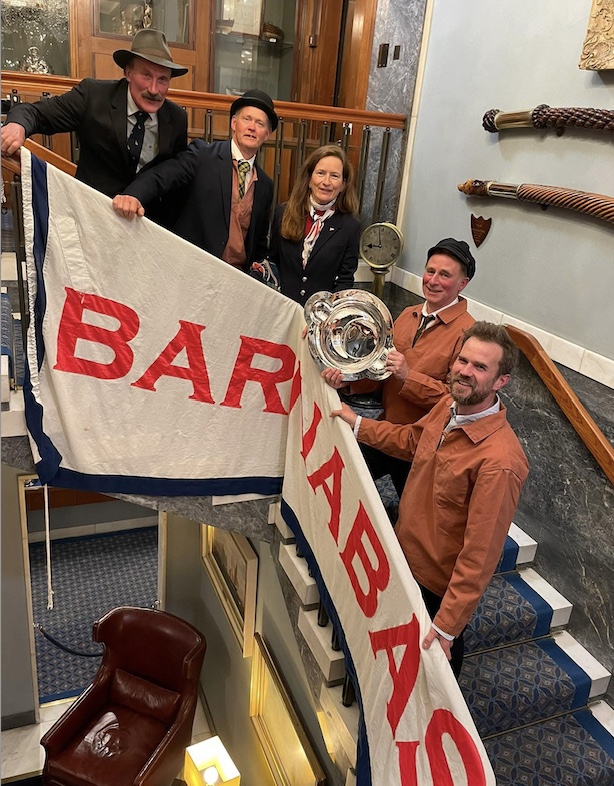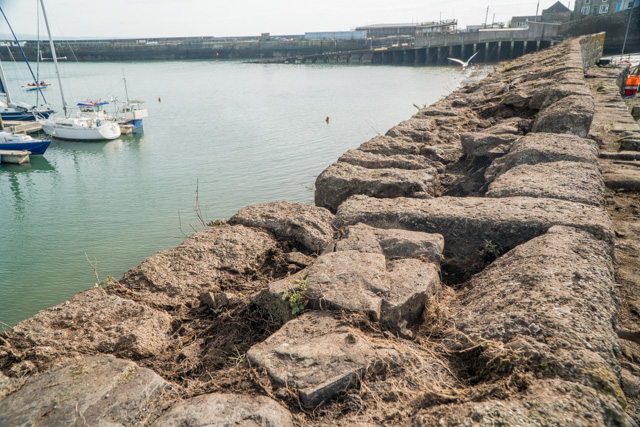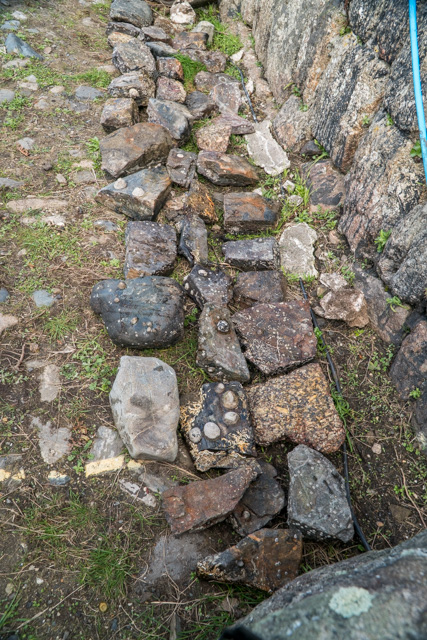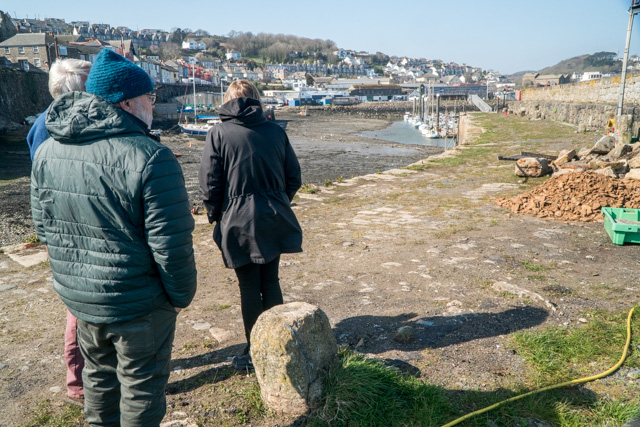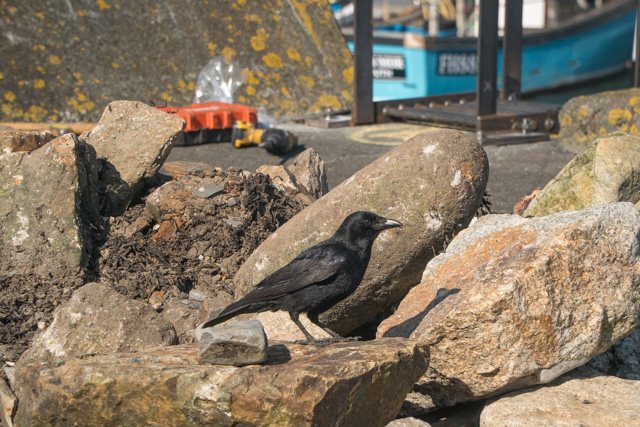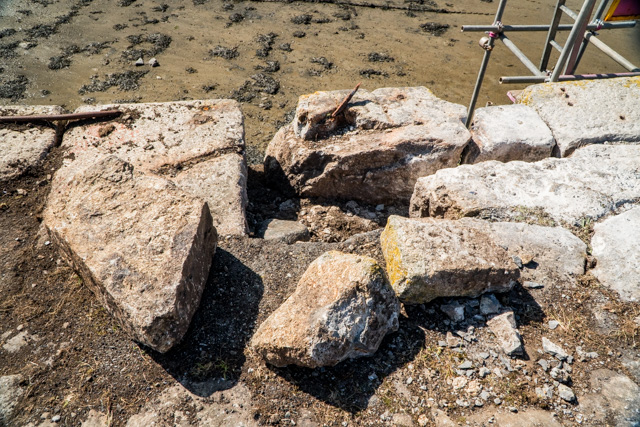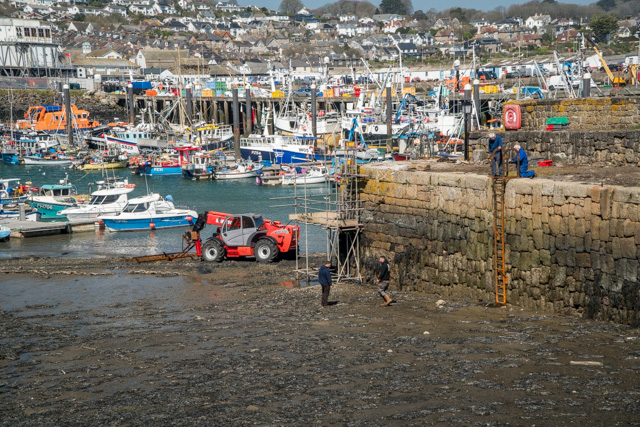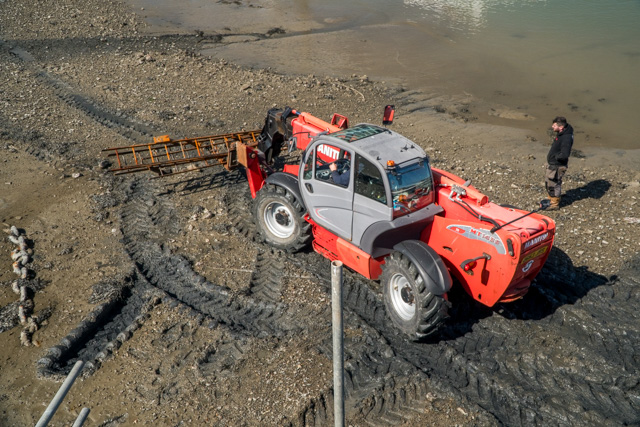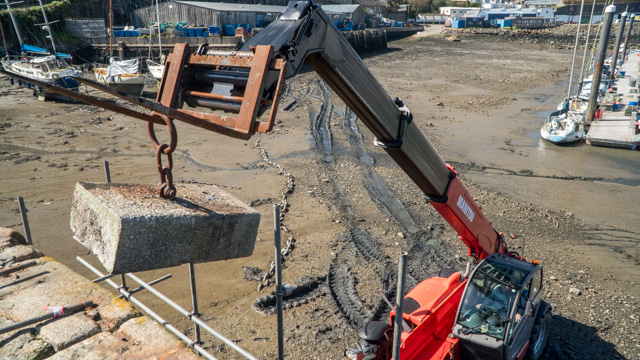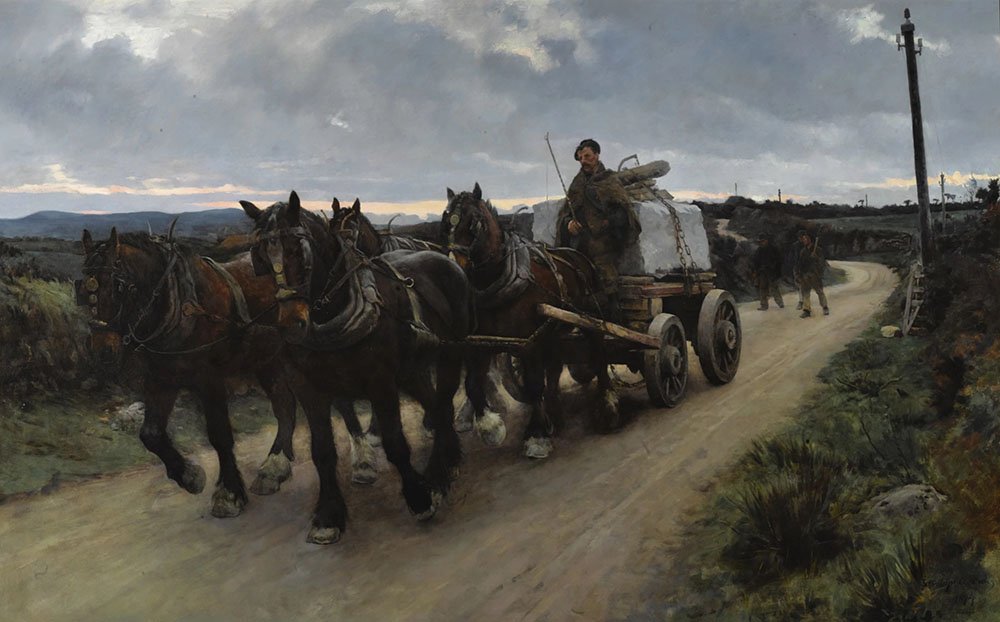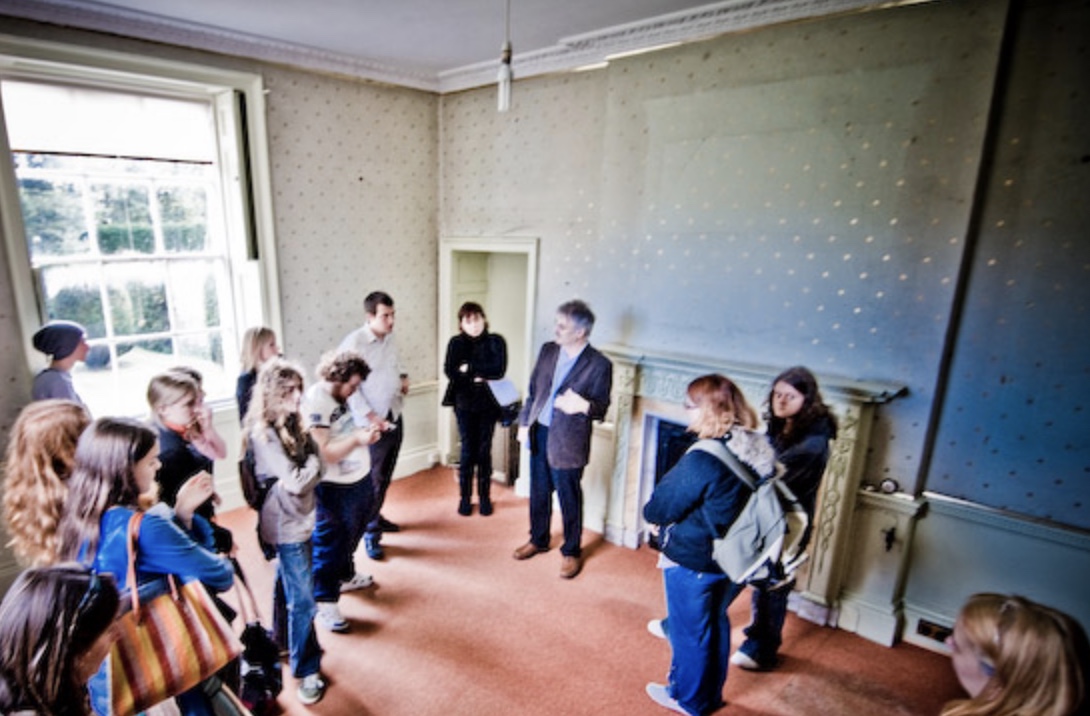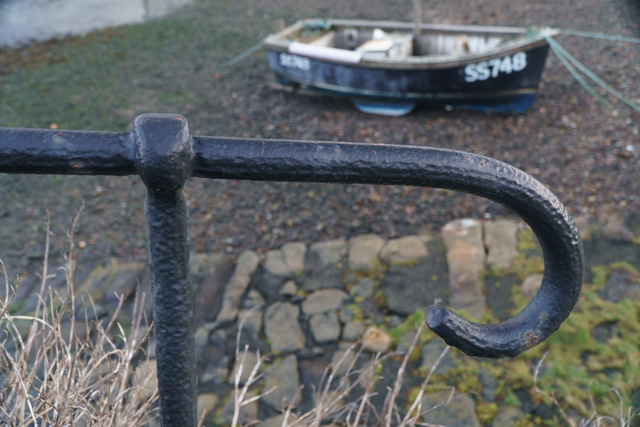We have fantastic news that shines a spotlight on the rich maritime heritage of Newlyn and the importance of our efforts to restore the Old Quay!
The 143-year-old Cornish lugger, ‘Barnabas’, has been awarded the prestigious ‘Centenarian of the Year’ title at the 2025 Classic Boat Awards in London. This is a moment of immense pride for Cornwall and a testament to the dedication of those working to preserve our seafaring traditions. As the Newlyn Old Harbour Restoration Project emphasizes, luggers have long been the lifeblood of Newlyn’s maritime heritage, serving as the backbone of the local fishing industry for centuries. They are more than just boats; they’re a vital part of our cultural tapestry.
‘Barnabas’ holds a special place in history as the “last surviving lug-rigged St Ives Mackerel Driver” and the “oldest mackerel driver still sailing today”. This award recognizes not only the vessel’s historical significance but also the tireless work of the Cornish Maritime Trust. The CMT, a community charity, is committed to preserving historic vessels and teaching endangered heritage sailing skills to the next generation.
Toby Floyer, the charity’s chairman and skipper, sees this award as a recognition of the growing support for their work, especially after ‘Barnabas’’ ambitious voyage to four Celtic nations in 2024. That voyage, during which 43 sailors were trained and £20,000 was raised to replace the lugger’s masts and spars, further underscores the active role ‘Barnabas’ plays in celebrating and maintaining maritime traditions.
The Barnabas has also been selected as a National Historic Ship Flagship for 2025, awarded in recognition of her plans for an exciting sailing season incorporating the Semaine Du Golfe de Morbihan, Falmouth Classics, Looe Luggers and a visit to the Isles of Scilly, as well as opportunities to promote lug rig in conjunction with other historic craft.
This brings us back to the heart of our mission: restoring the Newlyn Old Quay. As this award demonstrates, these historic luggers, like ‘Barnabas’, are a living testament to our rich Cornish maritime heritage. Our project actively seeks support to bring the Old Quay back into use and provide a home for these historic vessels to their former glory and keep the spirit of our community alive.
As Dave Gander, CMT and ‘Barnabas’ skipper, so eloquently put it, “Each lugger tells a story of Newlyn’s Maritime past, a story that intertwines courage, community and the sea. The vessels and the skills to sail them, are an irreplaceable part of our cultural heritage”.
The restoration of the Old Quay is not just about preserving wood and stone; it’s about preserving this irreplaceable part of our cultural heritage for generations to come. The award given to ‘Barnabas’ reinforces the importance of this goal.
Get Involved!
To learn more about the Cornish Maritime Trust and their work, please visit their website (www.cornishmaritimetrust.org) and follow them on social media (Facebook and Instagram). And to support our efforts to restore the Newlyn Old Harbour and provide a fitting home for these magnificent vessels, please visit our website (newlynoldharbour.co.uk).
